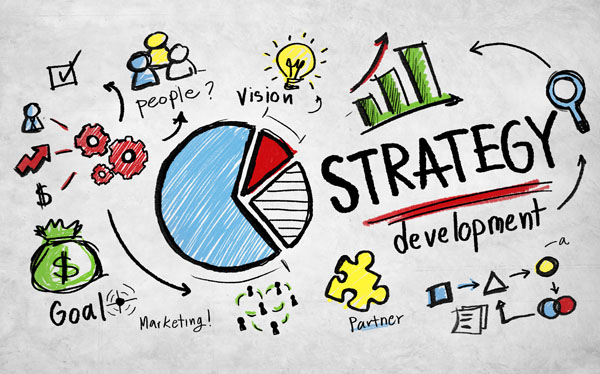As a person who worked/working in many major IT change and Transformational projects, the key part is understanding the requirements firmly, so effective solution can be identified and implemented to solve the organizational problem.
As part of the requirements gathering, one of the key element to consider is the the Social Model of Disability
So, What is Social Model of Disability?
The Social Model of Disability is a model acknowledges that it is not the individual’s disability that creates barriers, but rather it is society that needs to change to remove these barriers. The model emphasizes the need for changes in society to remove barriers and enable people with disabilities to participate fully and equally in all aspects of life.
This includes changes in the built environment, such as making buildings and transportation accessible, as well as changes in attitudes and beliefs about disability, such as valuing diversity and recognizing the contributions that people with disabilities make to society.
Role of Social Model Disability in IT Projects:
In IT projects, the social model of disability plays an important role because it can help the developers and designers to create technology that is more inclusive and accessible for people with disabilities. The model also emphasizes the importance of involving people with disabilities in the design process to ensure that their needs and preferences are taken into account. This can lead to technology that is more user-centered and meets the needs of a wider range of users.
Additionally it also helps organisation to meet/promote:
- Business Users and Customer Satisfaction: By designing technology with accessibility in mind, organizations can increase their potential customer base and improve user satisfaction.
- Promote Social Inclusion and equal participation: Adopting the social model of disability, developers and designers can create technology that is more inclusive and accessible for people with disabilities promoting social inclusion and equal participation in society for people with disabilities.
- Legal Obligations: In many countries, there are legal requirements to ensure that technology is accessible for people with disabilities. Failing to consider the social model of disability can lead to legal risks and potential liability for organizations.
Social Model of Disability IT requirements:
Below are the key IT requirements to be considered based on the social model of disability to create technology that is more inclusive and accessible for people with disabilities, based on the principles of the social model of disability.
- Inclusivity: People with disabilities to be involved in the design process to ensure the technology to work with a wide range of assistive technologies.
- Accessibility: Ensure to provide alternative input methods, ensure that content is easily readable, and provide captions and transcripts for multimedia content.
- Usability: Technology should be designed with a focus on usability, meaning that it should be easy to use and understand for all users, including those with disabilities. This includes using clear and simple language, providing intuitive navigation, and minimizing the number of steps required to complete a task etc.
- Compatibility: Technology should be designed to be compatible with a wide range of devices and software, including assistive technologies used by people with disabilities. Such as ensuring that the technology works well with screen readers, braille displays, and other assistive technologies etc.
- Testing: Technology should be tested with people with disabilities to ensure that it is accessible, usable, and inclusive for all users. This includes involving people with wide range of disabilities, such as visual impairments, hearing impairments, and mobility impairments etc.
Challenges and Limitations:
We all now understand that social model of disability is a powerful framework for creating technology that is more inclusive and accessible for people with disabilities. However, it is equally important to recognize the potential challenges and limitation we may have in IT Project world to adopt the social model effectively. Some of the key challenges are
- Complexity: Designing technology that is inclusive and accessible for people with disabilities can be complex, especially when there are multiple types of disabilities to consider. This can make the design process more time-consuming and expensive.
- Lack of Awareness: Some developers and designers may not be aware of the social model of disability or the importance of accessibility in technology design. This can lead to technology that is not inclusive or accessible, which can limit its usefulness and exclude certain users.
- Limited Resources: Some organizations may not have the resources or expertise to design technology that is inclusive and accessible for people with disabilities. This can limit their ability to adopt the social model of disability in IT projects.
Despite the complexity, it is our responsibility to take into account on the social model of disability as it helps to promote a more inclusive and equitable society, and provides a framework for addressing the systemic barriers faced by people with disabilities.















































